BURST Supports Undergraduate Research
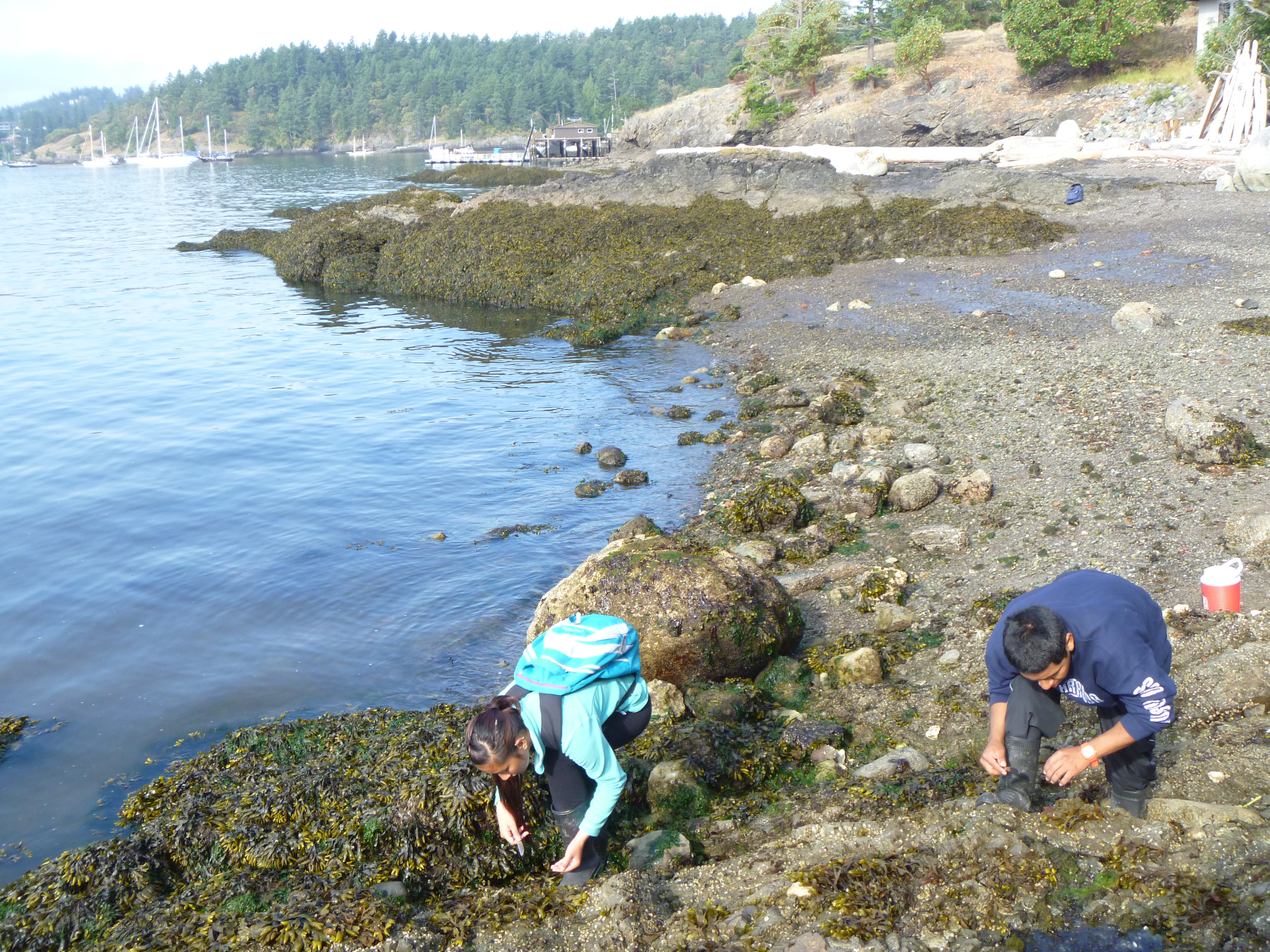
The BURST scholar program supports advanced CSUF Biological Science majors as they conduct independent research with a faculty mentor, culminating with at least one significant oral or written presentation.
BURST scholars:
-Must be actively engaged in undergraduate research with a Biology Faculty mentor.
-Must be Biological Science majors.
-Must be nominated by their faculty mentor for the program
-Attend monthly ‘professional development’ meetings with BURST faculty advisors.
-Mentor younger CSUF undergraduates to increase the number of CSUF biology undergraduates who are involved in faculty-mentored research.
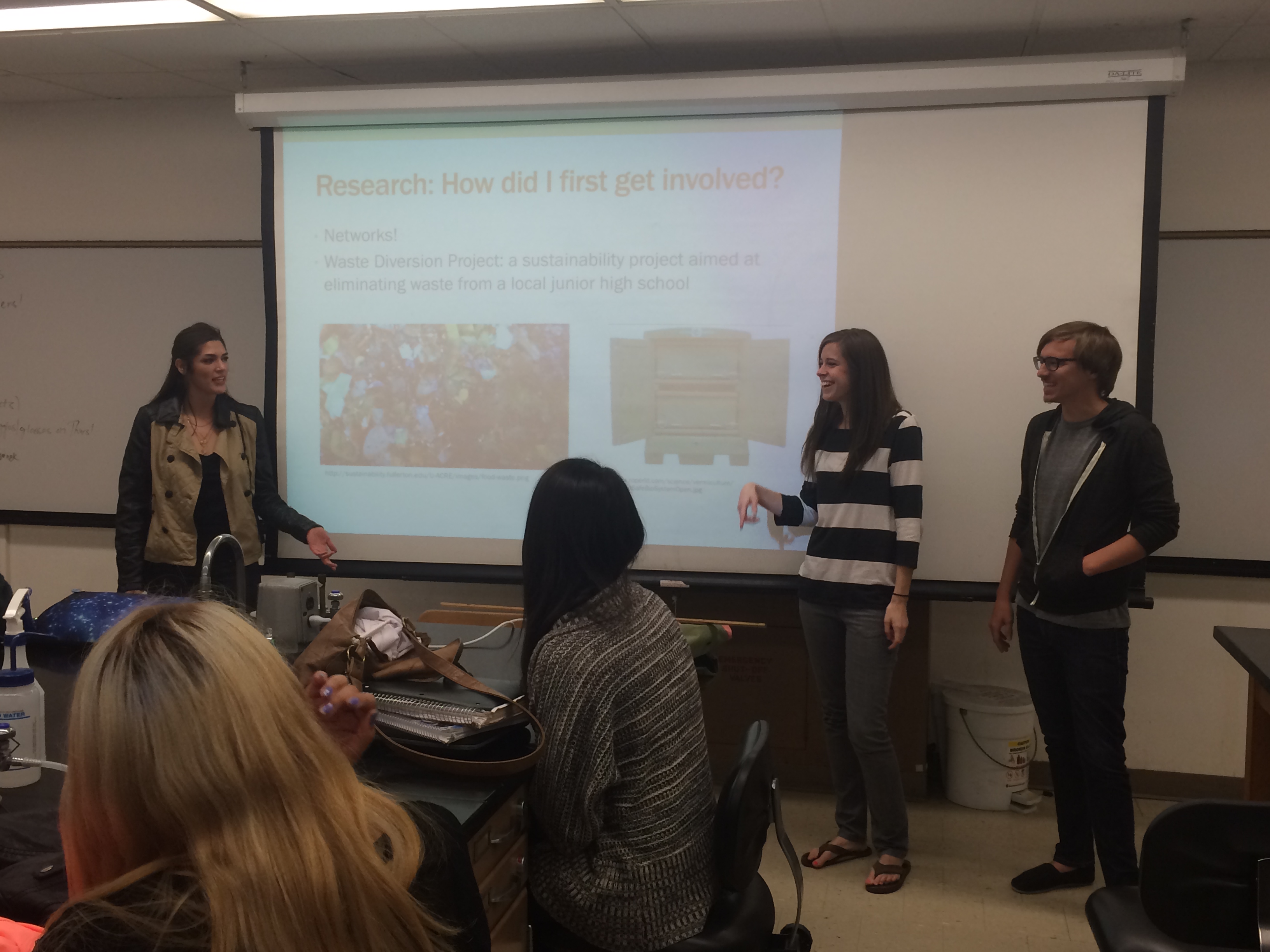
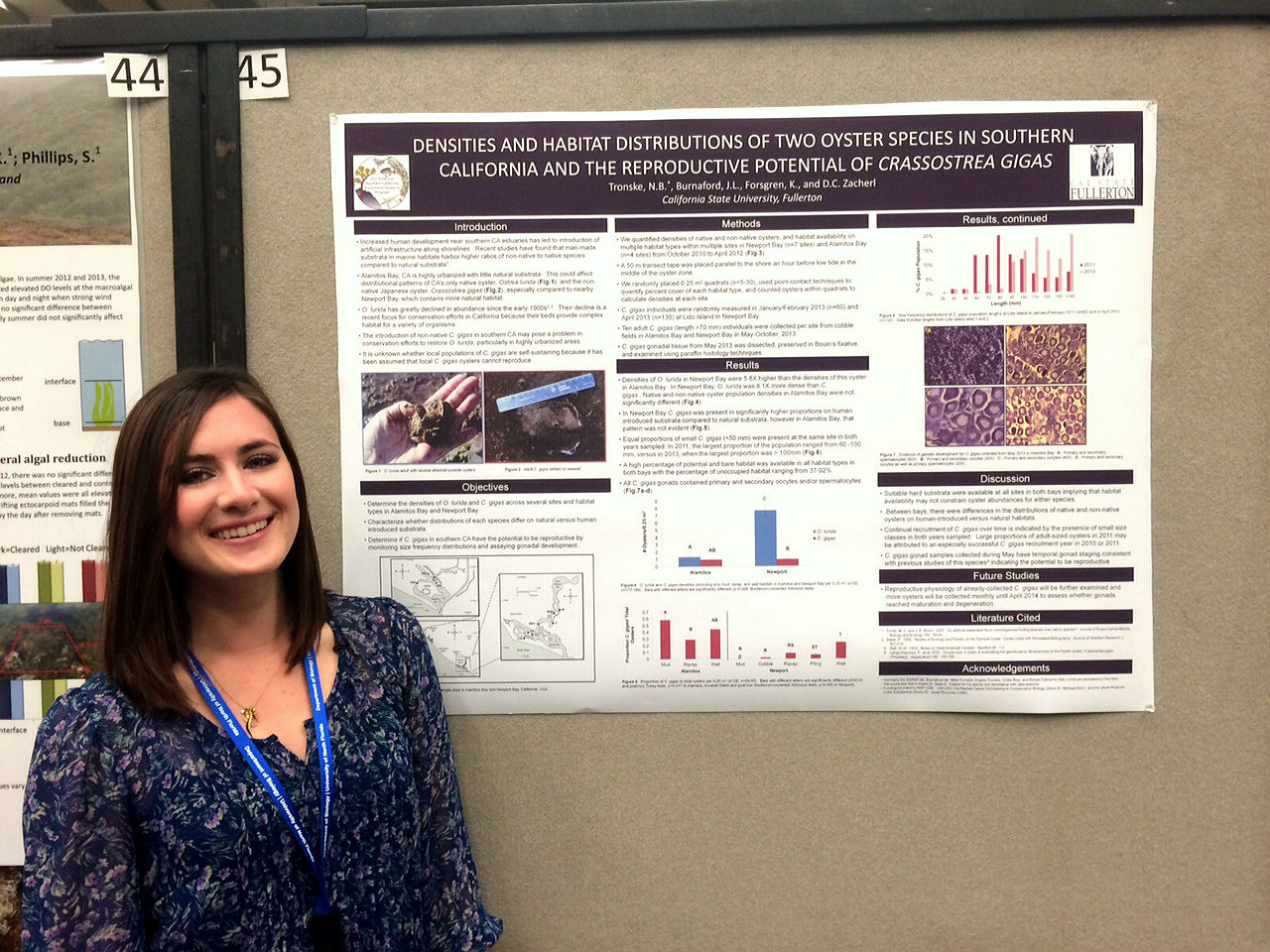
2014 BURST Scholars
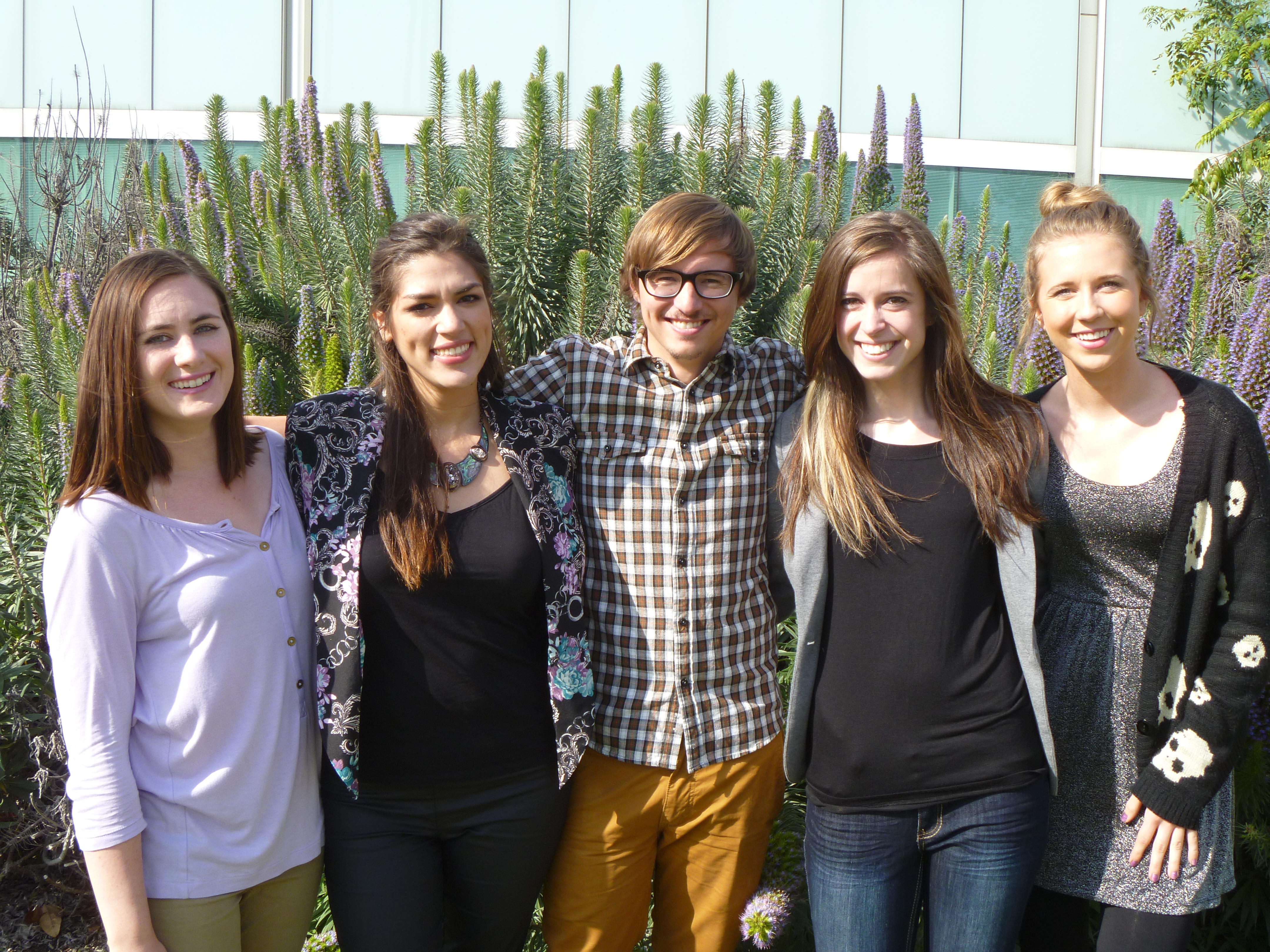
Kim Conway: Concentration = Cell and Developmental Biology
My name is Kim Conway. I am an undergraduate at CSU Fullerton, and I study bot fly parasitism of ground squirrels. With my mentor Dr. Paul Stapp, I have determined host and habitat characteristics that may affect the prevalence of bot fly infestation in thirteen-lined ground squirrels in northern Colorado. I am also using a mitochondrial gene to identify the bot fly species. I will be attending the UC Davis School of Veterinary Medicine in the fall where I plan to obtain a DVM degree and a Ph.D in Wildlife Epidemiology. Ultimately, I am interested in a career studying and treating wildlife diseases.
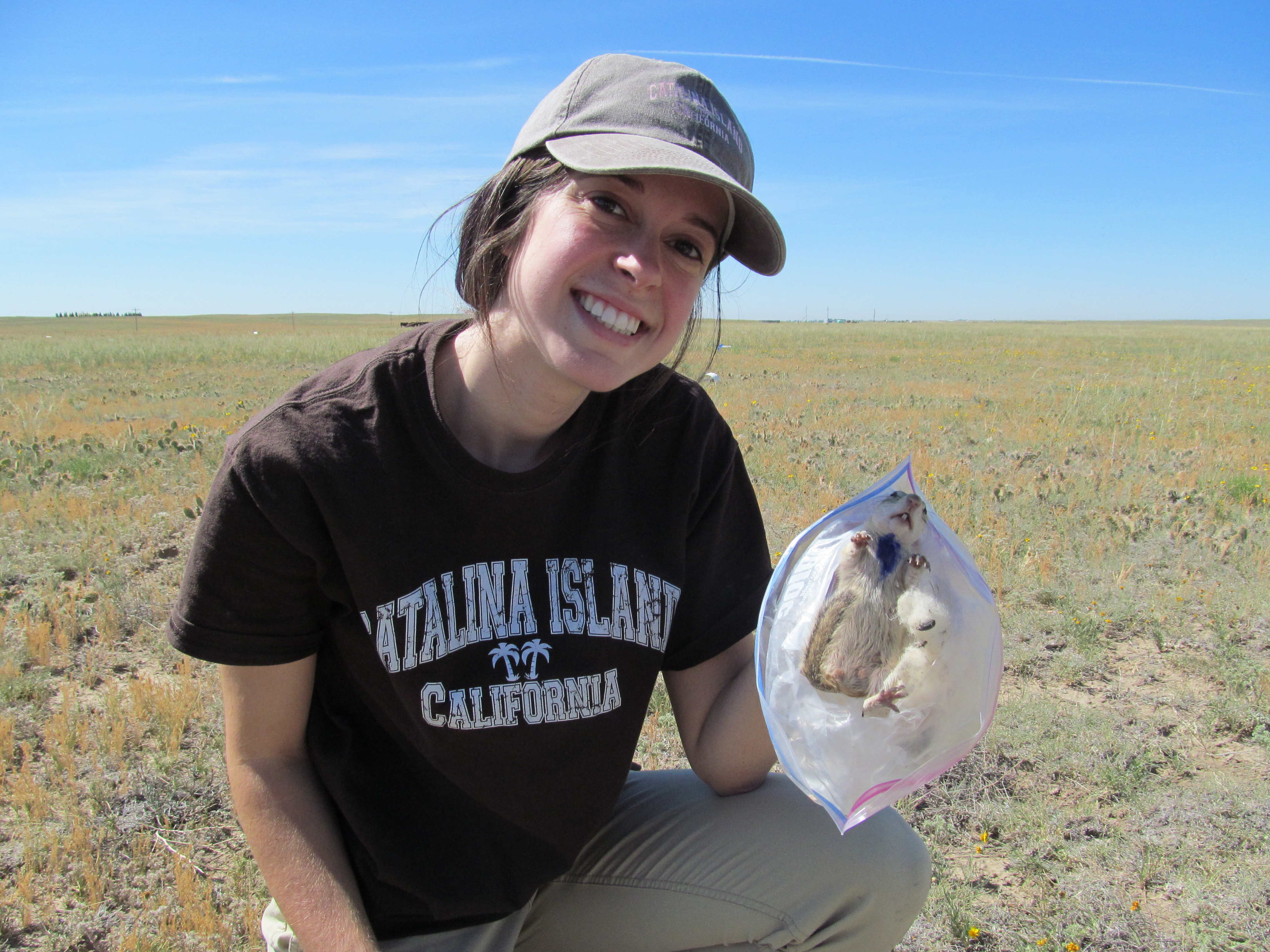
Alexis Bueno Correa: Concentration = Ecology and Evolutionary Biology
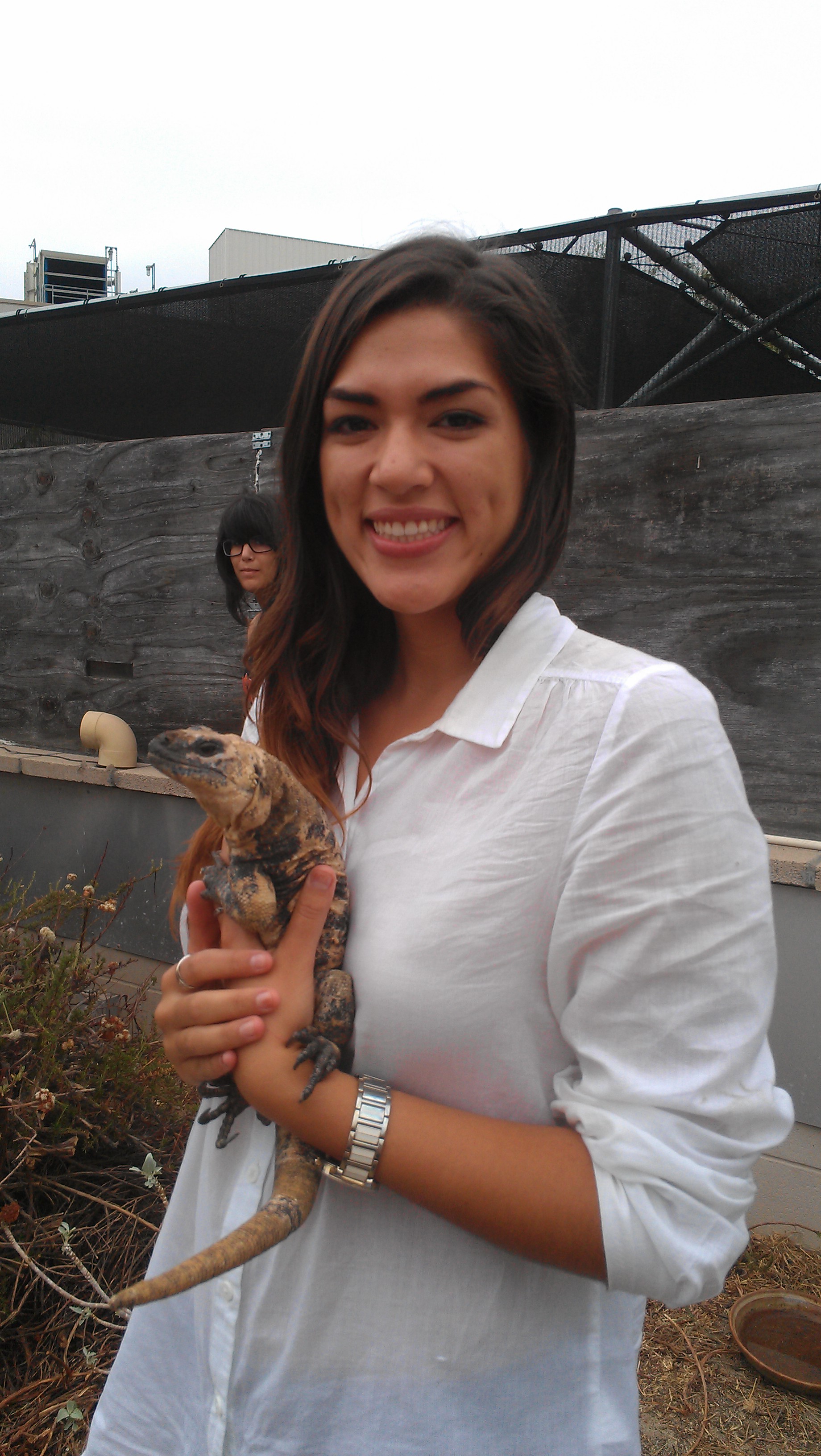
My name is Alexis Bueno Correa and I am an undergraduate at CSUF. I am currently studying the effects of temperature on the growth rate of a species of lizard called chuckwallas. Chuckwallas are found throughout the Mojave Desert in rocky habitats that are dispersed along different elevation gradients. There are differences in temperature associated with increasing elevation, which means that lizard populations experience different thermal environments depending on where they are located. My research advisor, Dr. Tracy, found that juveniles from low and high elevation populations had different growth rates. However, his experiments did not control for temperature so I will be building on his research to find what role temperature plays in the growth of the chuckwallas. Currently, there is an emphasis on the use of models to predict extinction risk of populations to rising temperatures due to climate change. The data I gather will be used in a model that includes physiological characteristics of chuckwallas that Dr. Tracy is developing with some collaborators to make better informed predictions of the extinction-risk of chuckwalla populations.
Jessica Malinchak: Concentration = Molecular Biology and Biotechnology
My name is Jessica Malinchak. I am an undergraduate senior at CSUF working on a Biological Science major with a concentration in Molecular Biology and Biotechnology. I am also working on a minor in Mathematical Education. I have the goal of inspiring others to explore and learn the world of science by becoming a secondary science and math educator. I have gained experience in two biology research labs and one chemistry education lab. I completed research on the detection of Abl kinase (leukemia causing kinase) activity using silver nanoparticle (AgNP)-based biosensors at Purdue University with Dr. Laurie Parker. I worked on measuring protein oxidation from manganese oxidizing bacteria at CSUF with Dr. Hope Johnson. I have also gained an understanding of students’ learning of chemistry concepts with the use of 2D and 3D visuals with Dr. Barbara Gonzalez. My experience with these research labs has given me a great understanding of practical applications of science and math to become an effective secondary teacher.
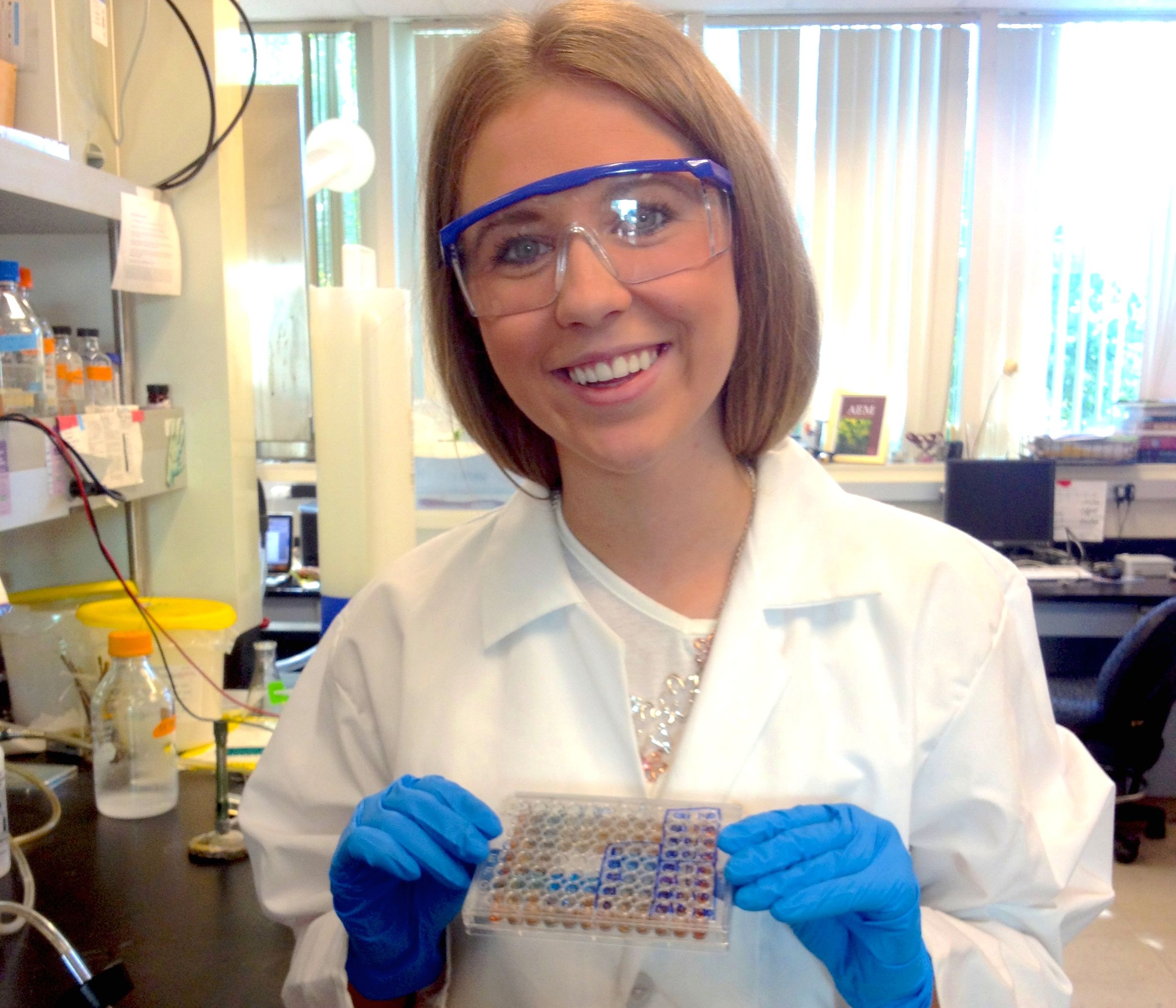
Thomas Parker: Concentration = Marine Biology
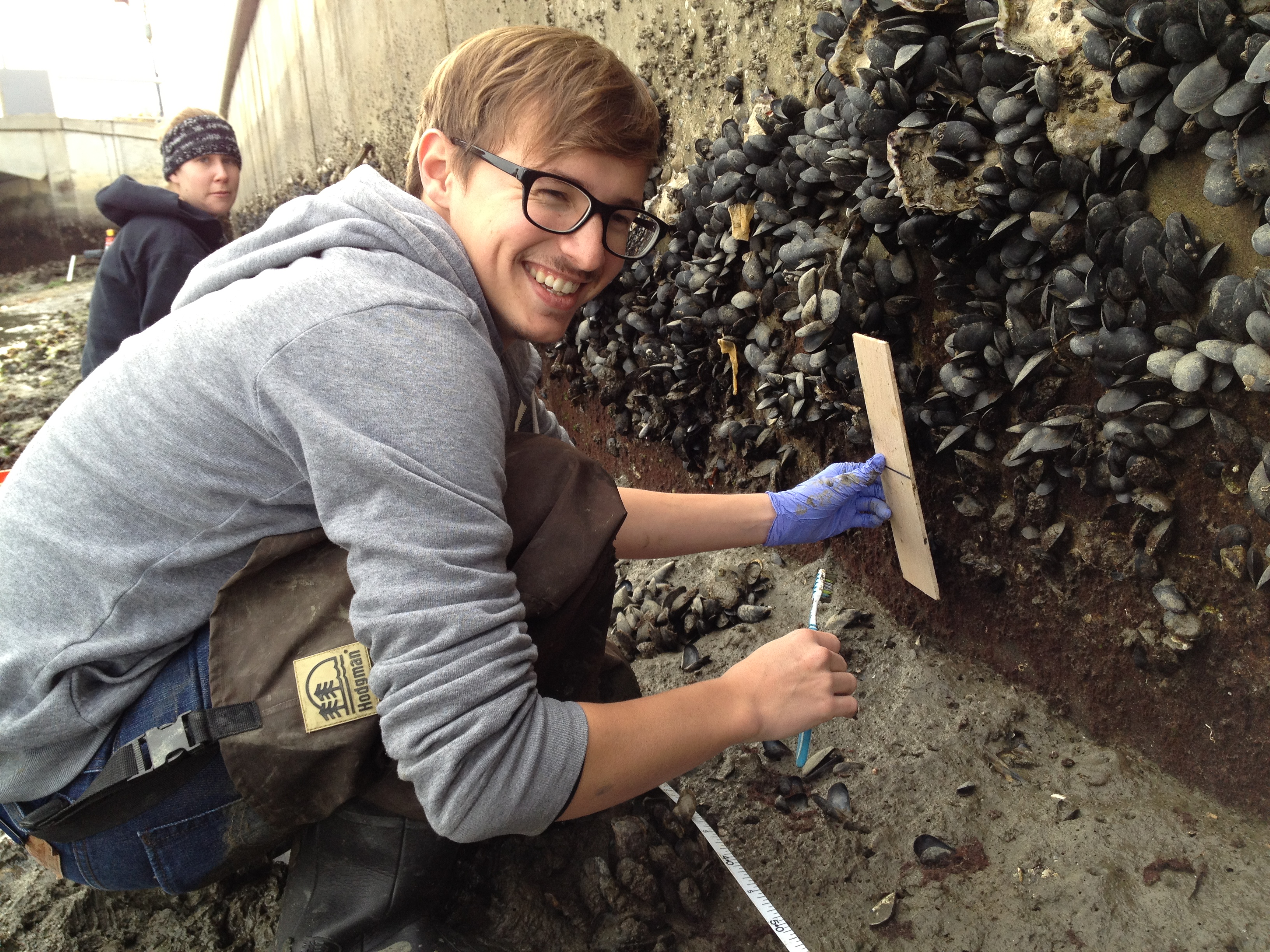
Hi, my name is Thomas Parker. I study recruitment, survival and growth of the native Olympia oyster, Ostrea lurida, and the non-native (introduced) Japanese oyster, Crassostrea gigas. My mentor Dr. Danielle Zacherl has been working on restoring native oysters to southern California through the use of restoration beds which led to the work that I do. My work spawned from a pattern we found that the native oysters reached a maximum density lower in the tidal zone than the non-native oysters, which reached their maximum density higher up. I then conducted experimental work to determine what could cause the differential pattern. I concluded that recruitment, survival and potentially growth play a factor in the pattern for the native oyster, and will be expanding my study to include the non-native as well. This work on recruitment has shifted my interest toward population connectivity of invertebrates which I am actively looking for graduate opportunities in.
Nicole Tronske: Concentration = Marine Biology
My name is Nicole Tronske and I work with Dr. Danielle Zacherl and Dr. Kristy Forsgren describing the densities, habitat distributions, and reproductive potential of oysters in southern California. Restoration of the only native oyster species to the U.S. west coast, Ostrea lurida, is a new focus in southern California. Oyster beds provide habitat and ecosystem benefits to a variety of organisms; therefore a benchmark study quantifying abundances and distributions of oysters in bays where restoration is occurring provides valuable information for future oyster management. Furthermore, the Japanese oyster, Crassostrea gigas, was introduced to southern California within the past 30 years. It is unknown whether local populations of C. gigas are self-sustaining because it has been assumed that local C. gigas oysters cannot reproduce. Through histological examination of gonadal tissue, we aim to follow the development and maturation of Japanese oysters to fill a common knowledge gap about this cosmopolitan species’ reproduction.
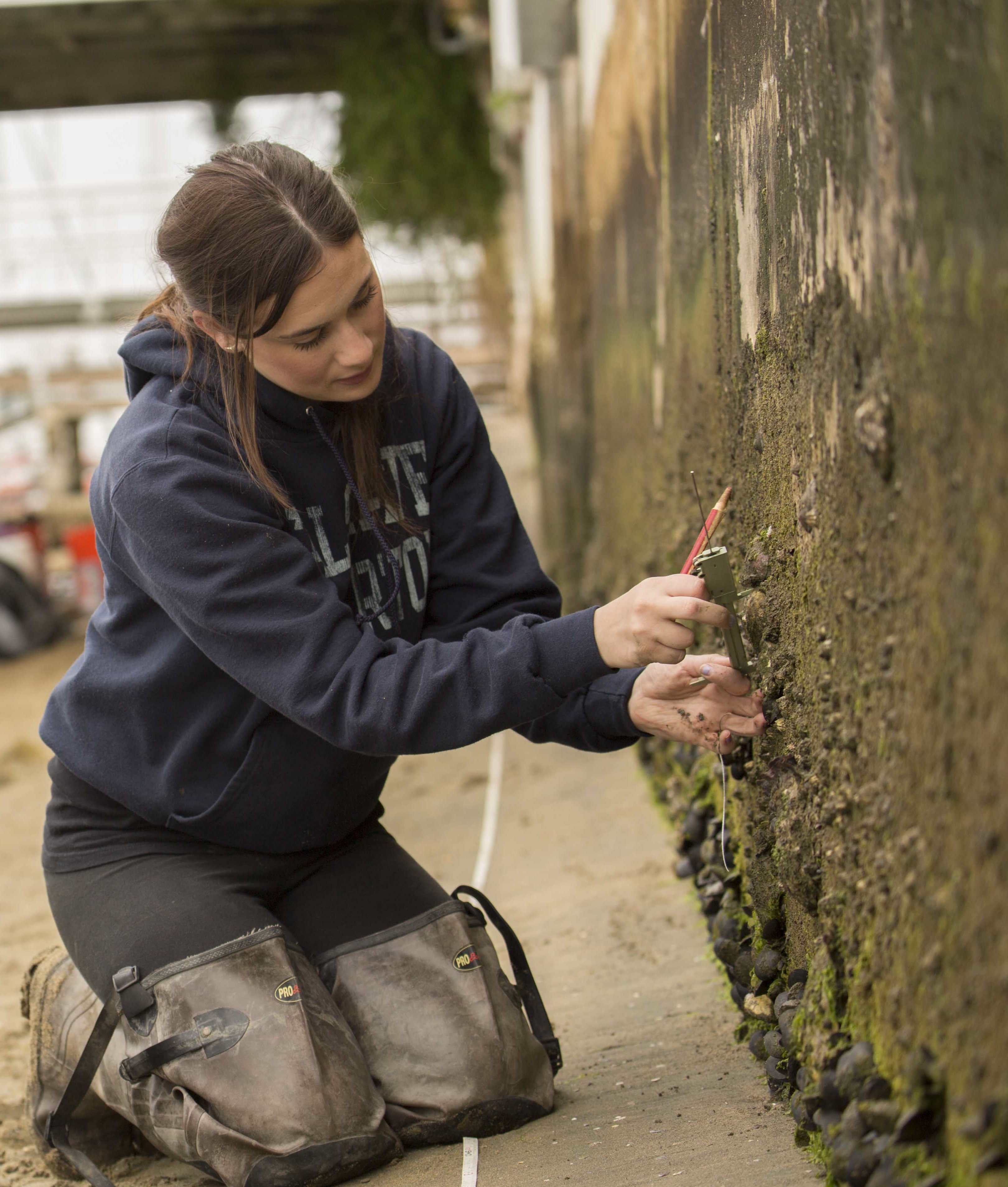
Interested in becoming a BURST scholar? Watch the BURST Facebook page for announcements about the program in the 2014-2015 academic year!
